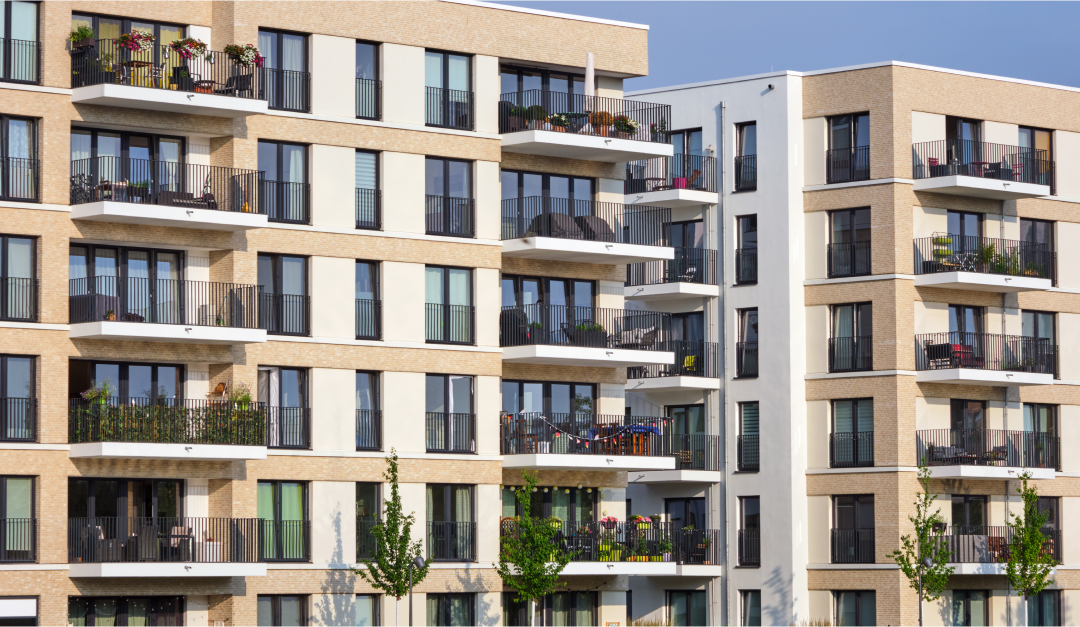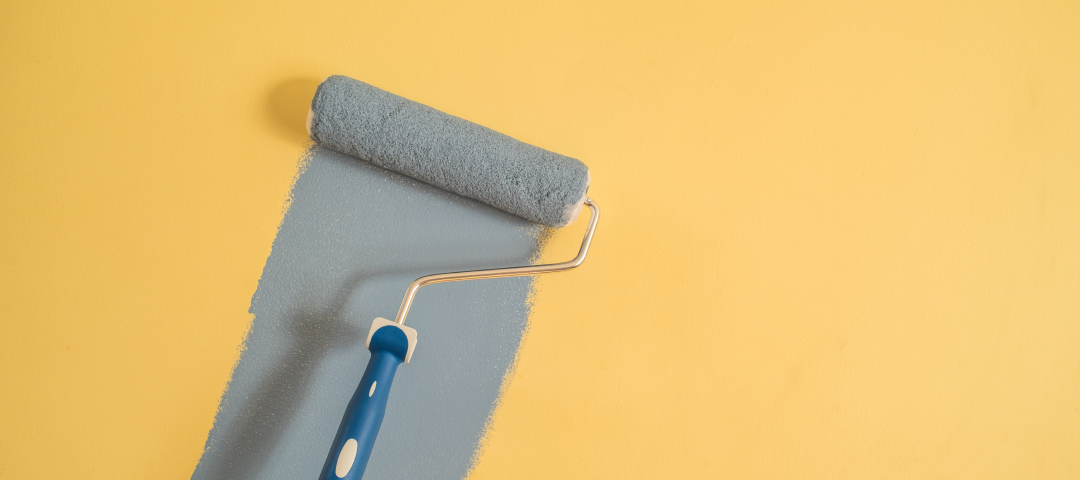
A concrete building has a lifespan of roughly 75 to 100 years and an apartment lifespan of 50 to 60 years and 40 years for a house. Although eco-friendly and green projects last longer. Any building's lifespan can be extended with little upkeep.
10 Ways to Enhance Painting Projects for Residential Complexes
Let’s examine the primary factors that can enhance paints for residential buildings. For ease of understanding, this article is divided into two halves, pre & post- painting.
Pre - Painting Phase:
1. Inspection: A comprehensive evaluation of the entire residential premise before you begin painting work is crucial. All buildings should be inspected for chemical components, particulate matter, and mould.
2. Examination: A thorough examination helps check if all the previously painted surfaces have any nail holes, cracks, peeling of paint surfaces, and other defects. A detailed examination also covers plumbing, electrical, and repairing damages to the exterior surface, if any.
3. Weather: Exterior wall paint of residential buildings isn't the type of job that can be done at any time of the year. The best times for exterior building painting are warm and dry days. Avoid rainy days, and always make sure all the surfaces to be painted are completely dry. Hence planning residential painting as per the micro-climate of the place will be most helpful.
4. Treatments: Before starting the painting process, the surface should be properly cleaned from algae, fungus, grease, oil, etc., If needed, anti-fungal, anti-algae treatment which protects from further fungal, and algae growth, should be carried out. Any leakage if identified should be fixed before starting. Pest control and termite control treatments can also be done before you begin the actual painting work.
5. Choice of Paint: The elasticity of acrylic paint makes it ideal for exterior painting projects. Durable and long-lasting, acrylic exterior paints are best to use on siding made from wood, aluminium, or fiber cement. It also works well to cover stucco, plaster, and drywall. The optimal choice for exterior walls is the one which offers outstanding protection against colour fading and ensures surface temperature reduction. It should also provide exceptional dirt resistance and all-weather protection, ensuring ultra-clean exterior walls with excellent algal resistance. Again, the choice of paint for surface painting will be dependent on local weather conditions and the surfaces to be painted.
LIKE EVERY COIN HAS TWO SIDES, EVERY PAINTING JOB HAS TWO SIDES. PRE-PAINTING & POST-PAINTING.
Post – Painting Phase:
6. Surface preparation: The surface to be painted should be waterproof. There should be no observed dampness on the surface. Any cracks or gaps in the call should be filled with sealants. If cracks are narrow, make a ‘v’ shaped groove and then fill it with sealant. The curing of plaster should be complete in the case of a newly constructed building, ensuring the surface is completely dry.
7. Treatments & Coatings: Applying primer to the exterior walls before painting has several benefits, including improving the paint's adhesion and coverage, creating a more uniform surface, and blocking stains. These benefits can lead to a better and more durable paint job, saving time and money in the long run.
8. Waterproofing: Waterproofing of exterior walls is an essential preventative measure that can help protect the structural integrity of a building and the health of its occupants. It also provides excellent crack-bridging and water-resistant properties, reinforcing the protection of exterior surfaces. It also provides high durability, resistance to water penetration for wall & terrace surfaces and provides cooler exterior surfaces.
9. Special Attention: Ensure that patchiness or brush is not visible over a surface and that all corners, edges, door and window borders, and special design features, if any are all covered and painted. Clear all paint drops or spilling at terrace level so that there will be no marks of paint, ensuring a correct uniform shade throughout.

10. Seasonal Impact Assessment: After completion of residential painting, allow 6-8 months of minimum observation time i.e. at least two season changes. Most contractor's warranties cover only workmanship and quality of contractor-supplied paint. However, if there are any discrepancies in the material or method, it will start to show within a year. This is the reason why in most cases, the legitimate paint warranty offered by established firms like Birla Opus Prime varies between 3 years to 15 years.

